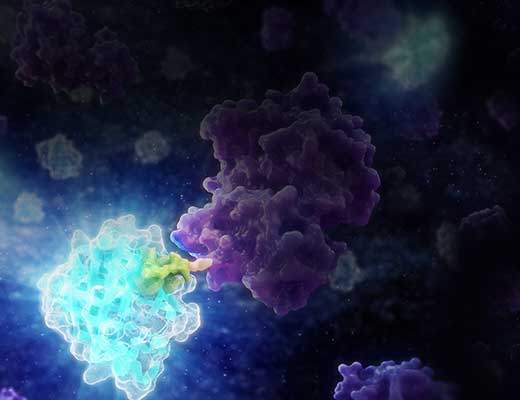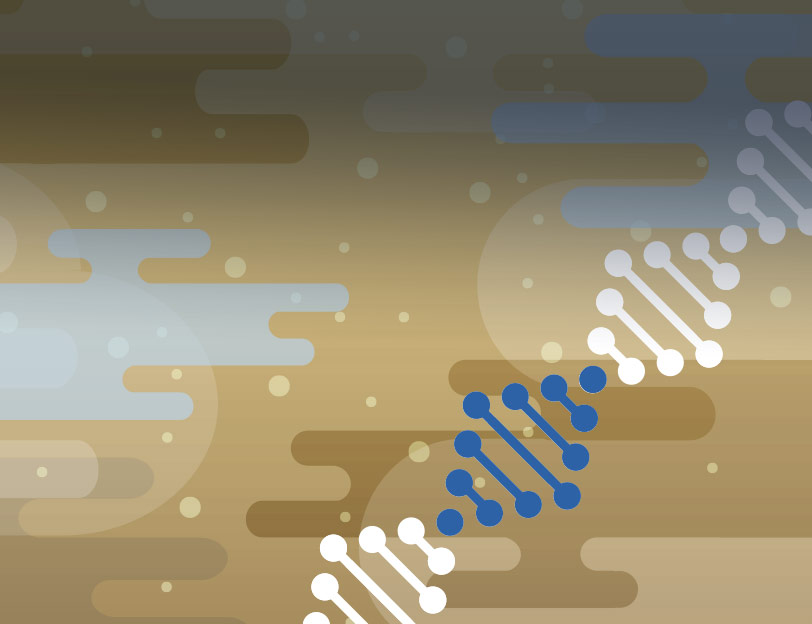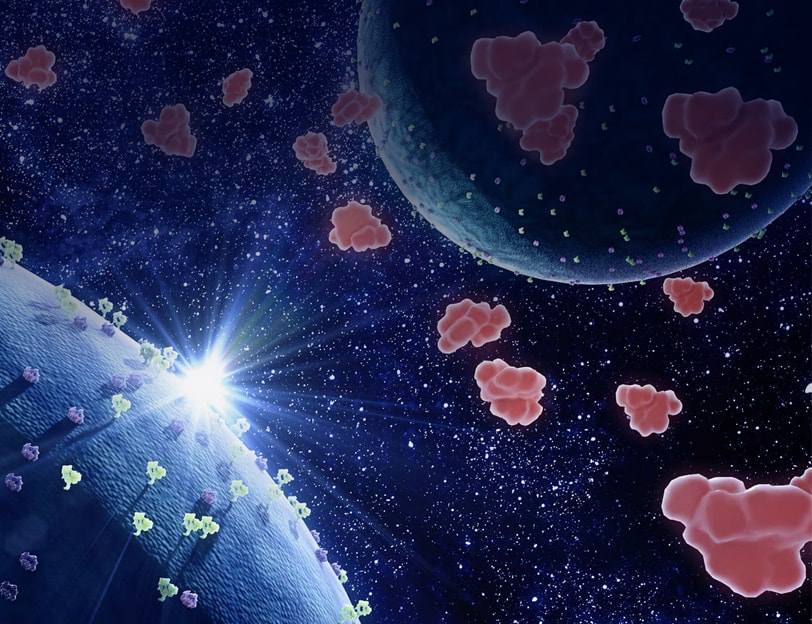Protein Quantification
Directly quantify cellular protein abundance using the bioluminescent HiBiT protein tagging system. The small 11-amino-acid HiBiT peptide uses a streamlined, antibody-free protocol for detecting tagged proteins that requires only a luminometer for detection. Sensitive detection across a wide linear dynamic range detects proteins down to endogenous levels with the convenience of a single-reagent addition. Multiple HiBiT detection solutions offer a universe of possibilities for researchers studying protein biology. Whether you choose to tag your protein by cloning or endogenously tag using CRISPR-Cas9 gene editing, the HiBiT system can label and detect cytoplasmic, secreted or surface-protein expression. You can even detect HiBiT-labeled proteins on membranes—all without antibodies or extensive washing steps.
Filter By
Shop all Protein Quantitation
Showing 12 of 12 Products



